Economics > AQA Question Papers > A-level ECONOMICS Paper 3 Economic Principles and Issues. EXAM PREDICTION QUESTIONS AND ANSWERS. (All)
A-level ECONOMICS Paper 3 Economic Principles and Issues. EXAM PREDICTION QUESTIONS AND ANSWERS.
Document Content and Description Below
Extract A: UK living standards since the 2007–2008 financial crisis The standard of living depends on the quantity and quality of the goods and services available to people but is also affected by... their health and the environment in which they live. When measuring the economic wellbeing of a country, GDP is the most commonly used indicator. Recent data show that the UK’s economy is now 11% larger than it was in the second quarter of 2008. However, real GDP per capita is just 2.9% above its pre-financial crisis peak, whereas in the 50 years leading up to the financial crisis, growth in real GDP per capita averaged 2.4% per year. On the other hand, unemployment, at 4.0%, is at its lowest rate since 1975. Immediately after the financial crisis, the recovery in employment was driven by the growth in part-time work and self-employment, but recent gains have been more broadly based. Full-time roles comprise 44% of the jobs created since the start of the recession in 2008. In real terms, average weekly earnings are still £15 below the pre-crisis peak, but the introduction of the National Living Wage in April 2016 has helped to boost the earnings of the lowest wage earners. The bottom 40% of the earnings distribution saw their real earnings grow between 2016–2017 and 2017–2018, whereas the top 60% saw their real earnings fall. Since 2010, the value of the old-age state pension has been protected and, in real terms, it has risen by 9%. In contrast, over the same period, welfare spending per working-age adult and child has fallen by almost 11% in real terms. 1 5 10 15 Source: News reports, March 2019 Extract B: Selected indicators of UK living standards Figure 1: National income and employment 2007 2009 2011 2013 2015 2017 Index of real GDP (2016 = 100) 91.3 87.1 90.1 93.2 98.2 101.8 Real GDP per capita (£) 29 324 27 558 28 030 28 646 29 717 30 367 Real household disposable income per capita 19 685 20 164 19 143 19 544 20 450 20 138 Unemployment rate (%) 5.3 7.6 8.1 7.6 5.4 4.4 Average hours worked per week (full-time workers) 37.2 36.8 37.0 37.5 37.4 37.4 Source: ONS, 20193 IB/M/Jun20/7136/3 Turn over ► Figure 2: Income inequality 2006–07 2008–09 2010–11 2012–13 2014–15 2016–17 Gini coefficient 0.347 0.342 0.337 0.333 0.326 0.322 Percentage of households in poverty * 22.85 23.54 22.18 23.72 23.18 22.75 * Poverty = households with an income below 60% of the national median income. Source: ONS, 2019 Figure 3: Homelessness 2007 2009 2011 2013 2015 2017 Homeless households ** 99 510 64 890 76 270 82 640 85 450 86 050 Number of people sleeping on the street in England N/A N/A 2181 2414 3569 4751 N/A = data not available ** Homeless households are those who are sleeping on the street, do not have rights to stay where they are, or who are living in unsuitable accommodation. [Show More]
Last updated: 1 year ago
Preview 1 out of 4 pages
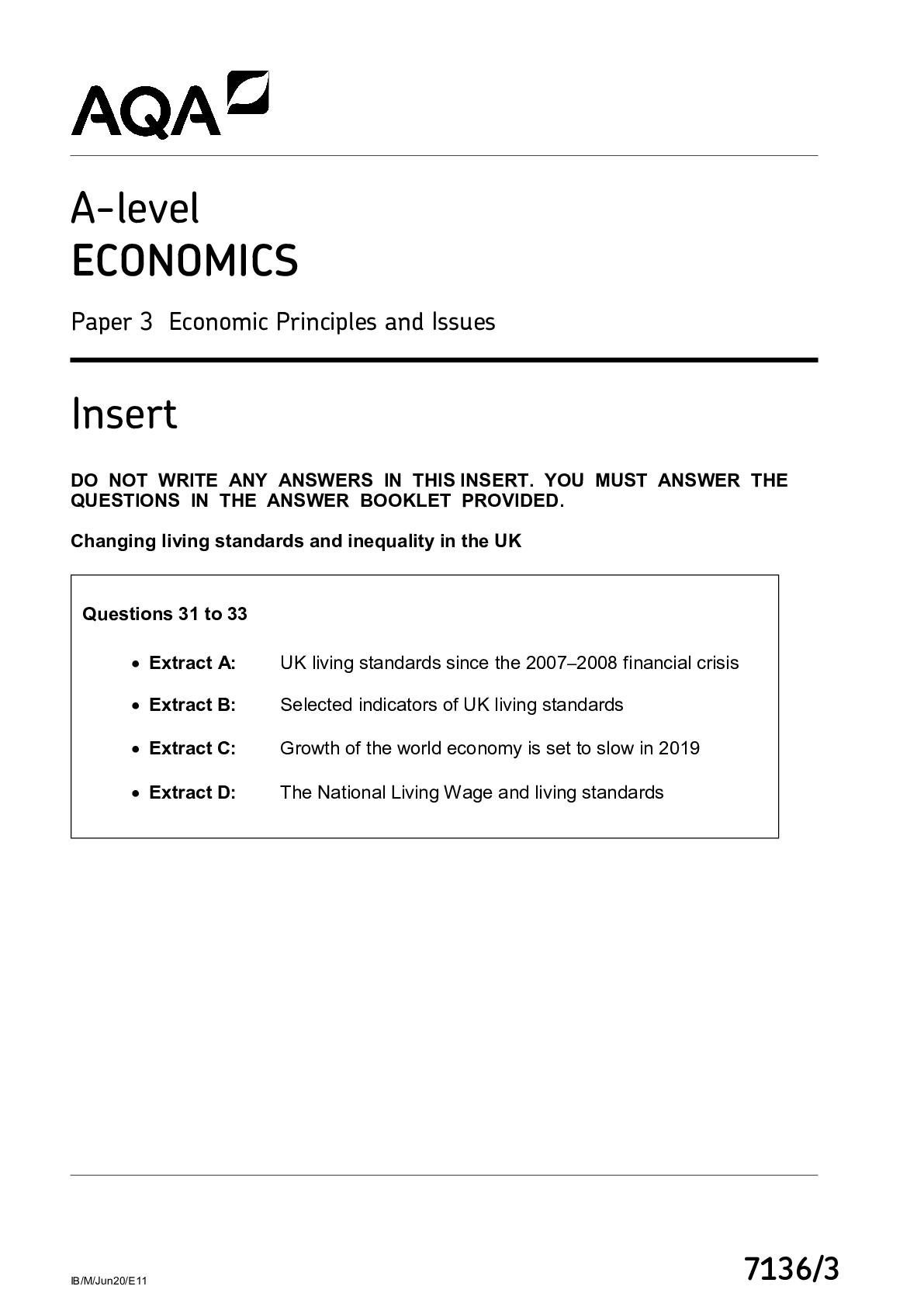
Reviews( 0 )
Document information
Connected school, study & course
About the document
Uploaded On
May 20, 2022
Number of pages
4
Written in
Additional information
This document has been written for:
Uploaded
May 20, 2022
Downloads
0
Views
199










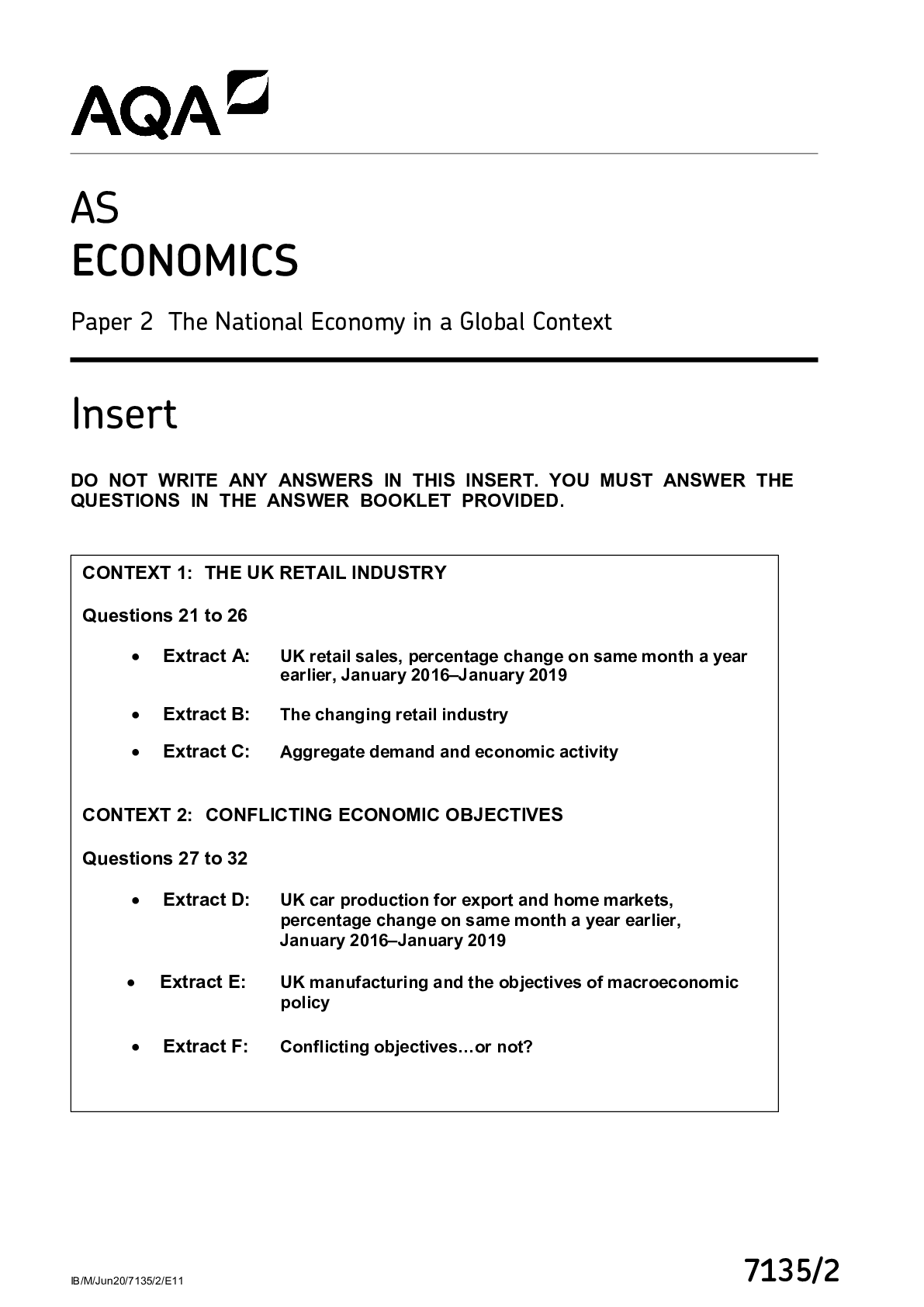

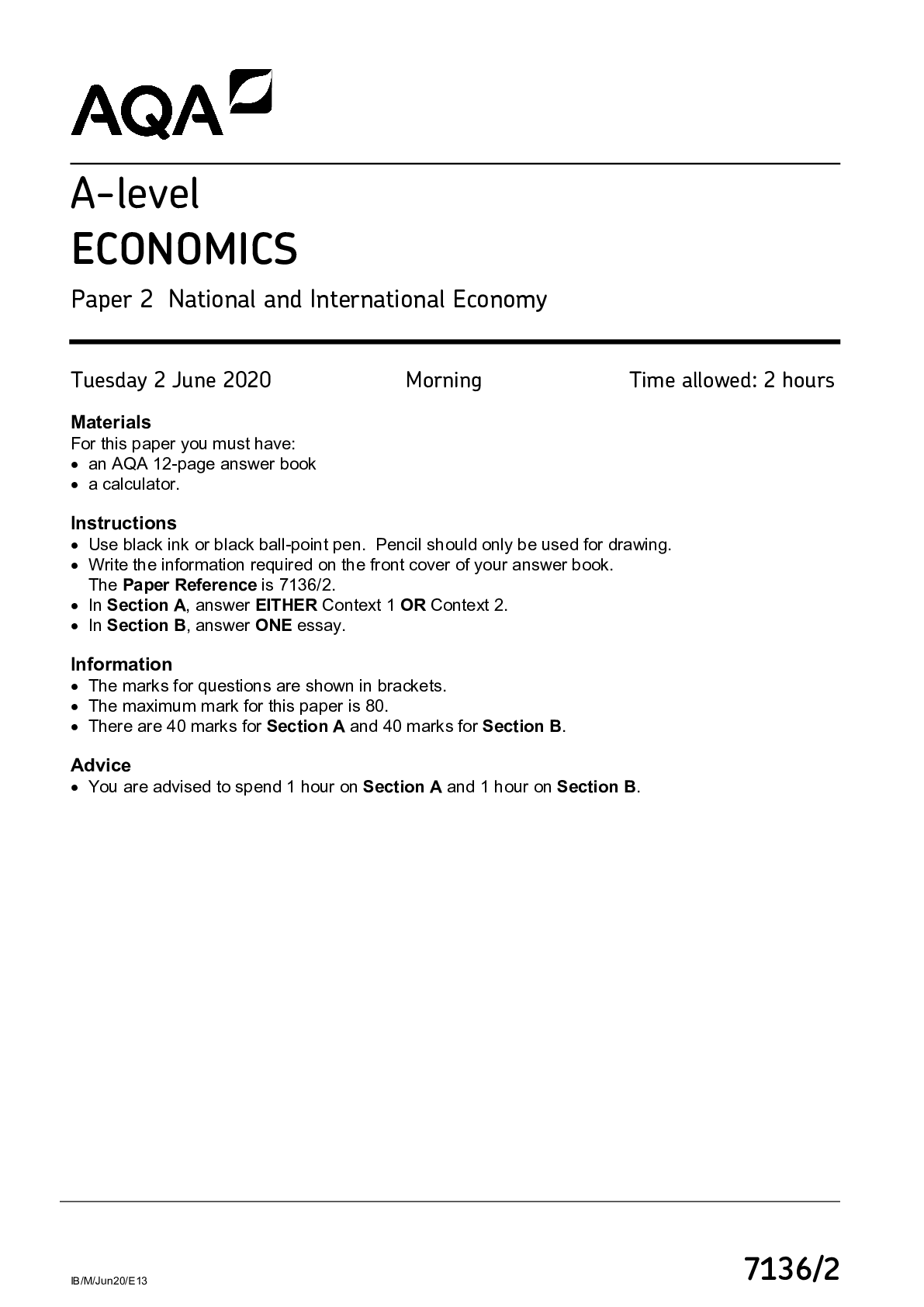
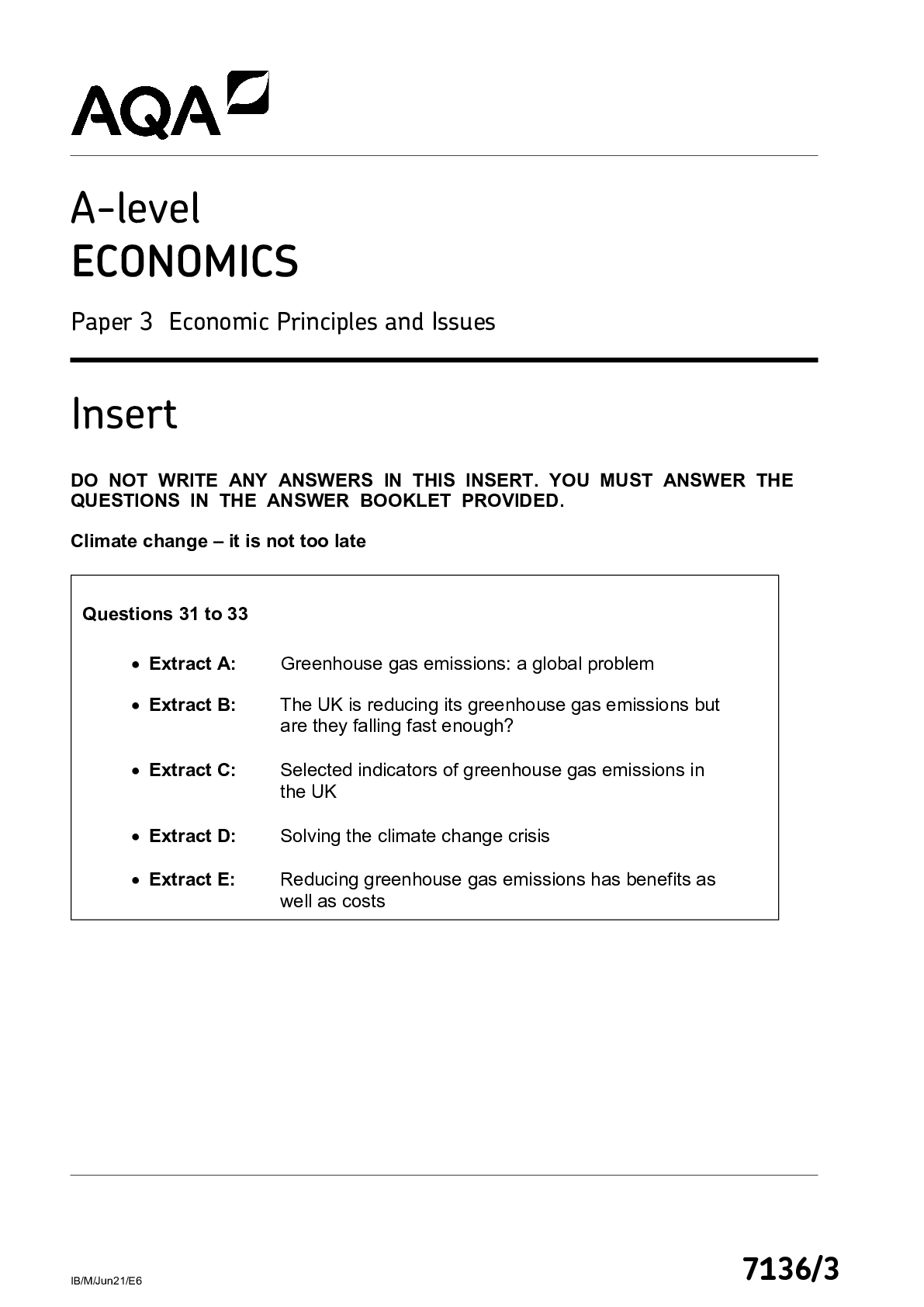

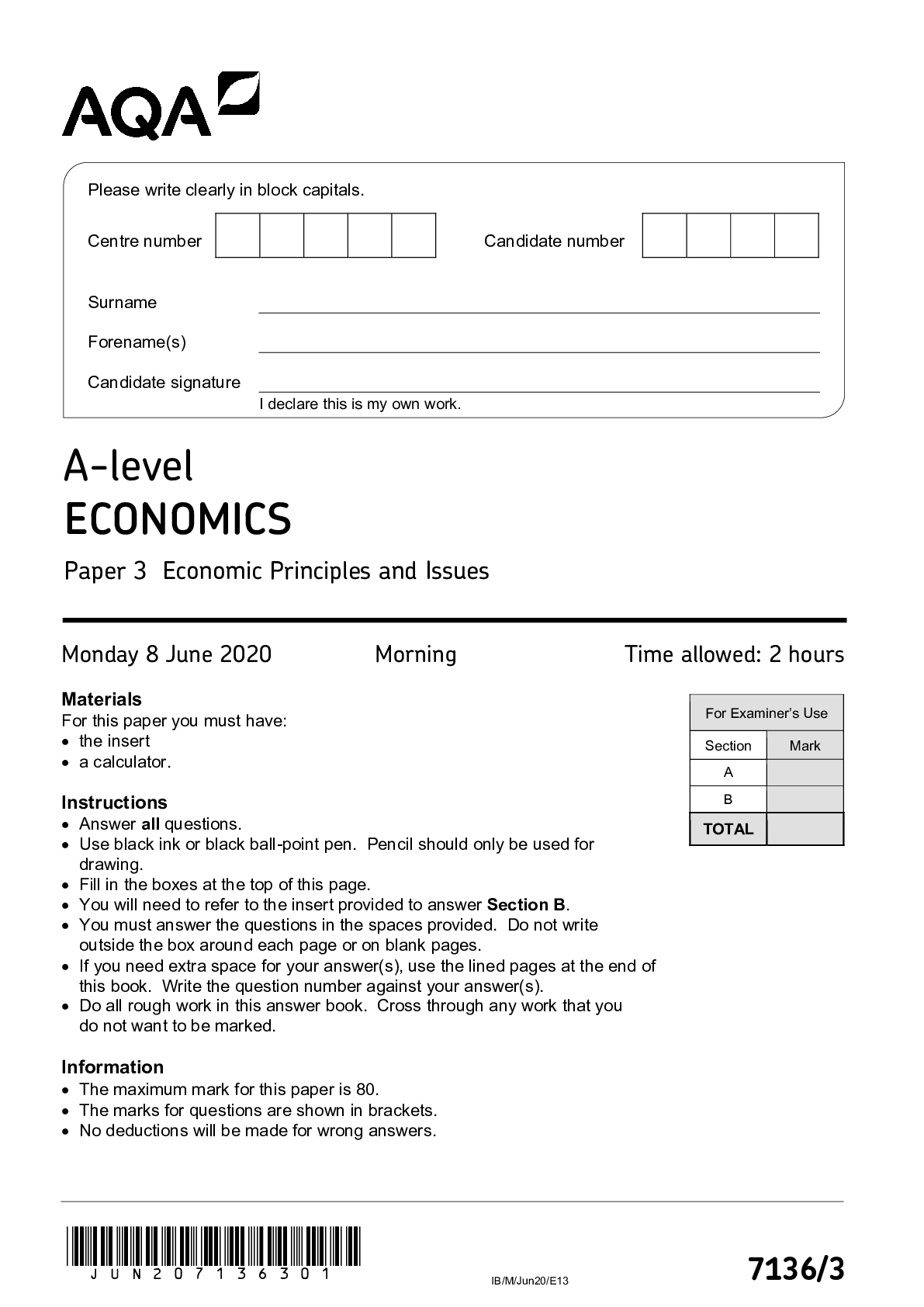



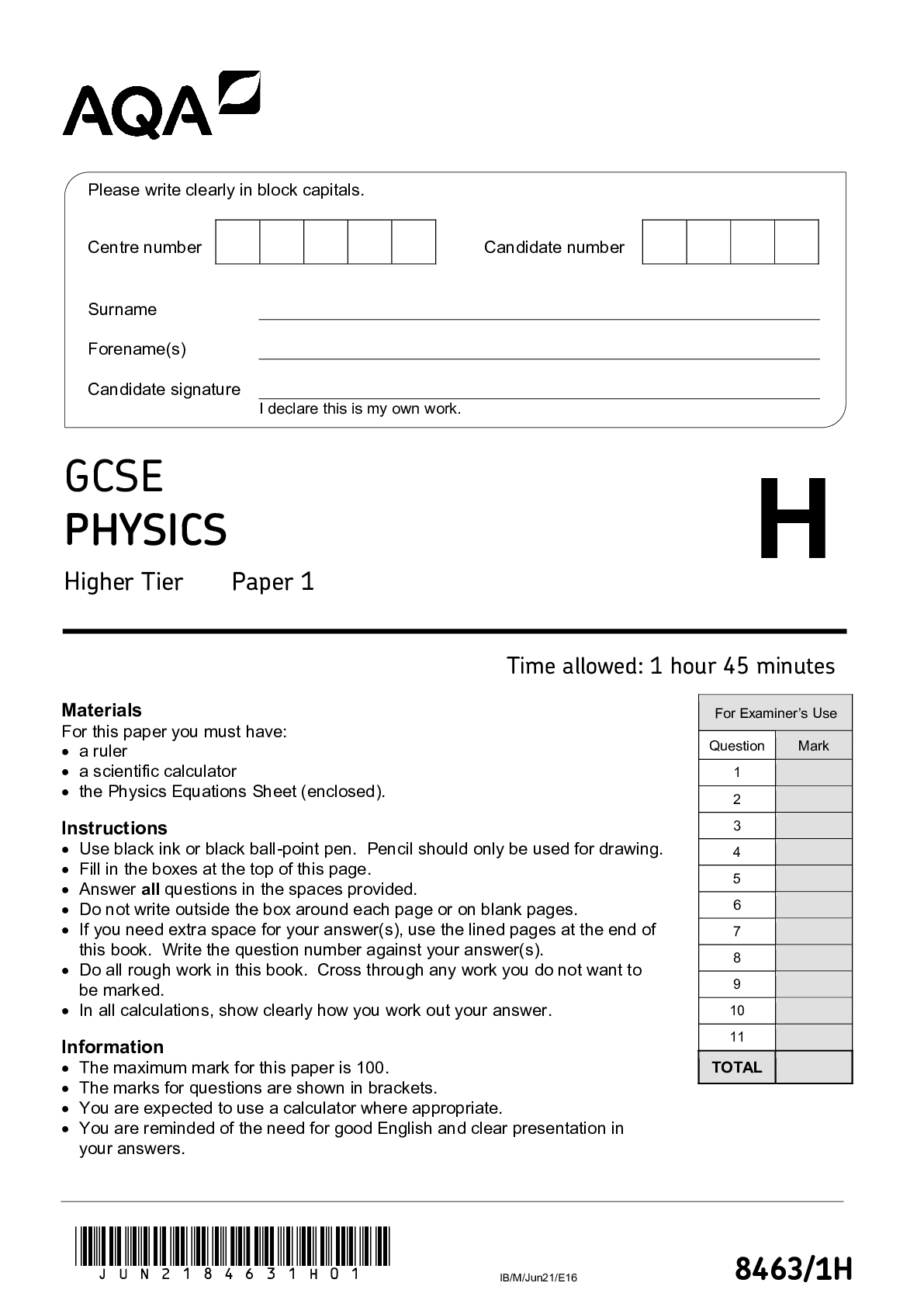



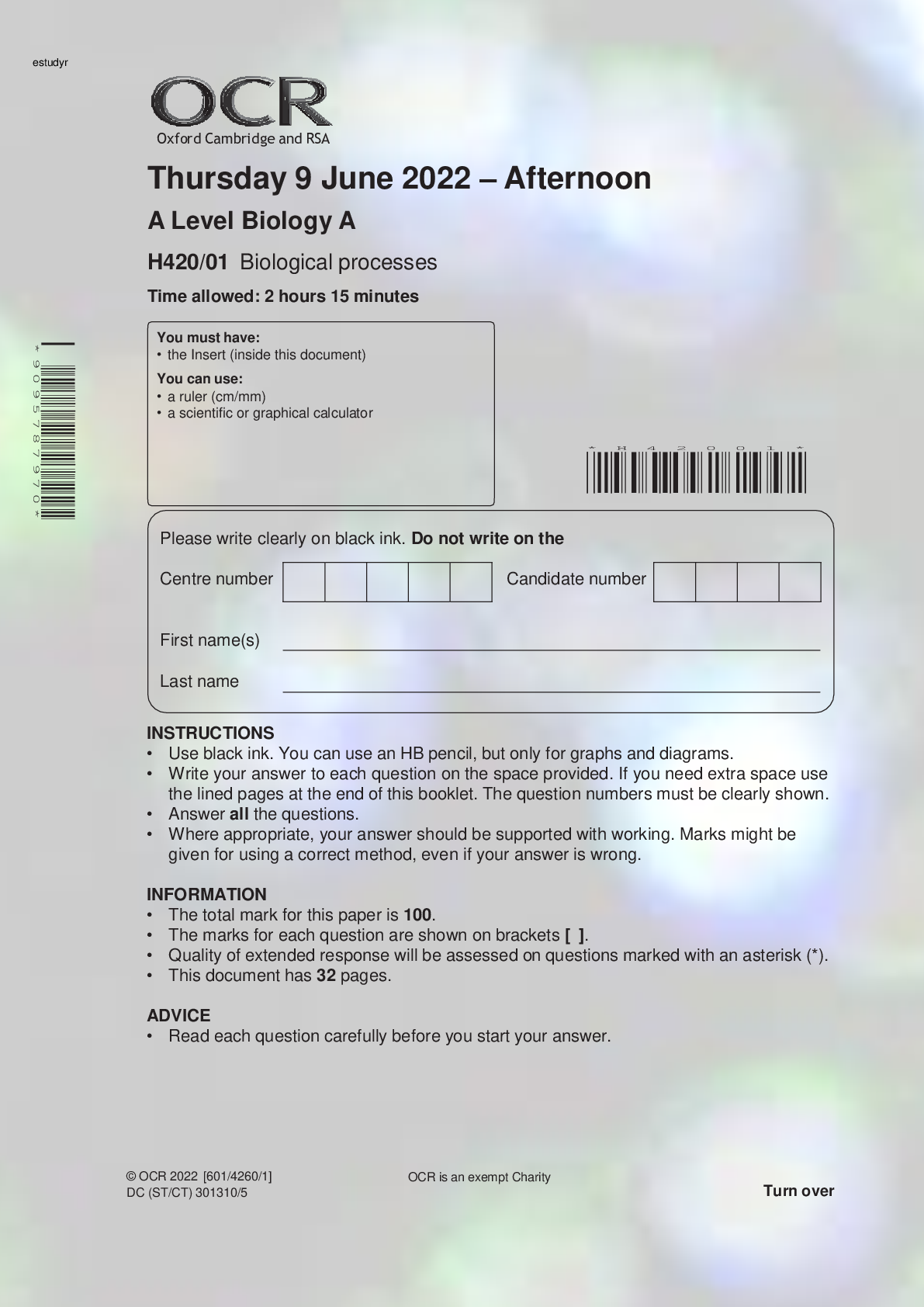





 - Paper 3 v1.png)
 - Paper 2.png)

